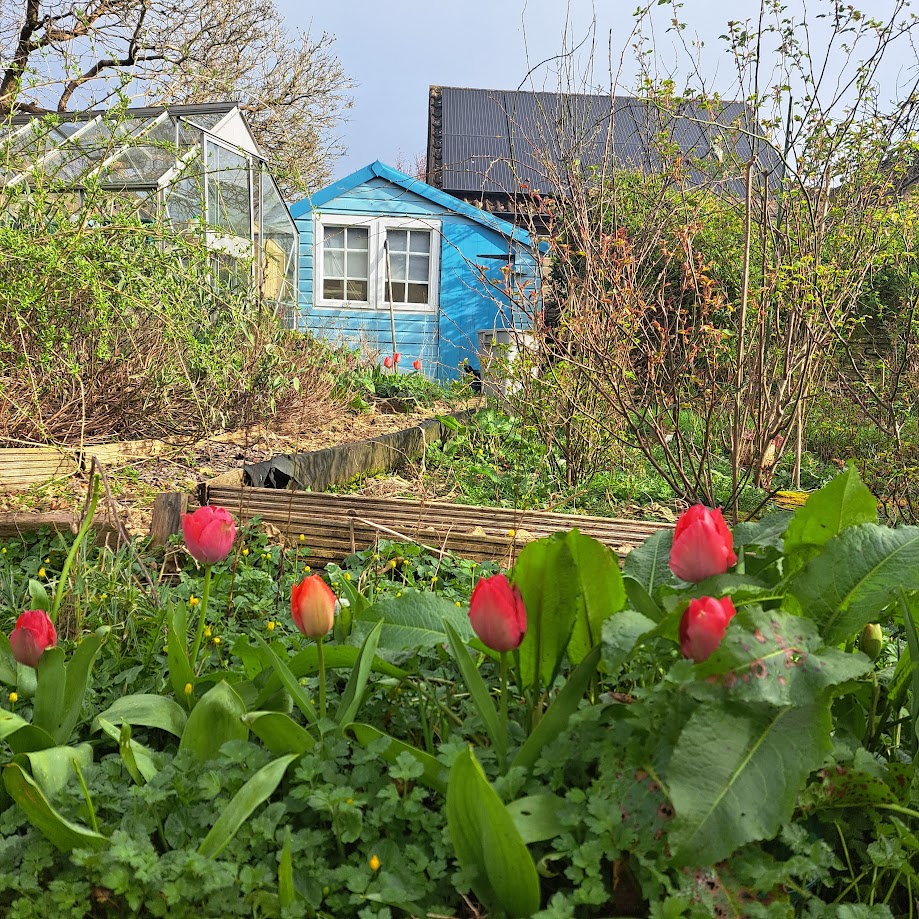Helen Hollick is one of my longest-standing author friends. When we met at an event organised by SilverWood Books back in 2012 (see photo above), we immediately hit it off, and have been in regular contact ever since, despite living a couple of counties apart – Helen in her idyllic farmhouse in Devon, me in a village in the Cotswolds. She’s also been a frequent guest on my blog. (See links to some of her previous posts for me at the foot of this one.)
Helen is a long-established, prolific and versatile author, starting out as a historical novelist, sidestepping into historical pirate-themed fantasy, history books, and most recently cosy mysteries. Her Jan Christopher Mystery series is set between 1970s Essex and Devon and features a young librarian and her police officer fiancé. It’s a gentle, feel-good read, and for those of us old enough to remember the 1970s, it’s enjoyable nostalgic too.

Introducing the fifth Jan Christopher Mystery

This month Helen will launch the fifth in her series, A Memory of Murder, featuring “a missing girl, annoying decorators, circus performers, and a wanna-be rock star” – and harking back to the murder of Jan’s police officer father fifteen years earlier…
In the run-up to the publication of A Memory of Murder, Helen is running a special mystery week on her blog, with a new post every day by a different crime writer.
I was honoured to be the first on her agenda, and I’m sharing the opening of my guest post for her below. Click the link at the bottom to read the rest of the post on her blog.
CONFESSIONS OF A RELUCTANT MURDERER
(My guest post for Helen Hollick’s Mystery Week on her blog)
To murder or not to murder, that is the question…
‘I don’t really like murdering people,’ I once said in a public place when chatting to writer friends, startling innocent bystanders unaware of our occupation.
Of course, I was speaking about murdering fictitious characters in my books. In real life I find it hard to kill as much as a fly. This may surprise you when you hear I’m an author of murder mystery novels.
Click here to read the rest of my guest post on Helen Hollick’s blog








